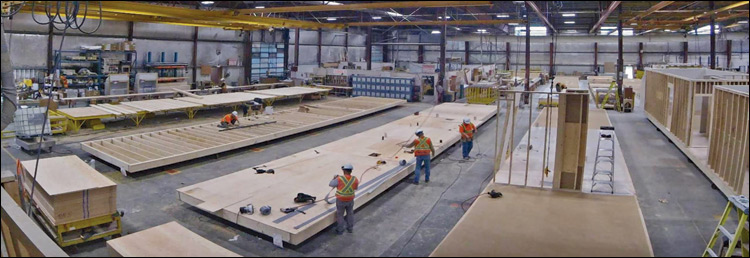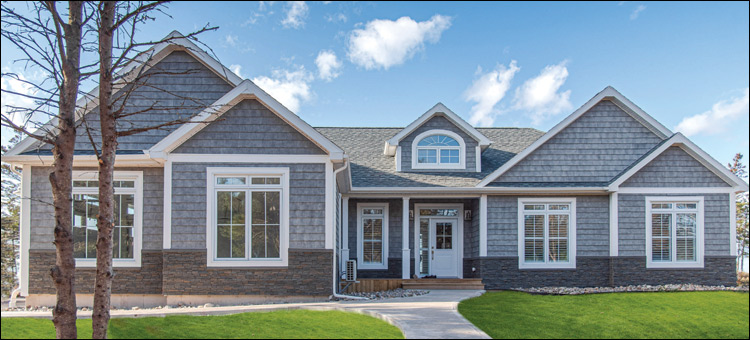by Peter Norman,
Vice President & Chief Economist, Altus Group
Factory-built housing has a long and important history in Canada. The growth of factory-built housing largely originated during the 1930s, when prairie settlers relied on mail-order panelized prefabricated building systems to cope with harsh and remote conditions. This form of factory-built housing was then adapted to provide wartime housing during the Second World War, as the shortage of construction labour and need for efficient use of limited materials prompted the National Housing Administration and the crown corporation Wartime Housing Limited to encourage the use of prefabricated systems or dwellings.

In the post-war period, factory-built housing matured as manufacturing innovations, quality, performance, sustainability, and consumer customization options improved. Two key uses emerged with increasingly sophisticated modular housing providing fast and efficient alternatives to site-built tract housing on one hand, and manufactured homes in land-lease communities providing relatively low-cost housing in communities across the country.

Factory-built housing has also served an important role in boosting the reconstruction of communities following natural disasters or the creation of new remote communities related to the mining sector.

The global pandemic is a new crisis for this country and is affecting communities from coast to coast. The health crisis has proved devastating to thousands of Canadian families and the containment measures put in place by governments have shuttered vast swaths of the economy putting millions out of work. Seniors have been most at risk from the disease, and the crisis has exposed extreme vulnerabilities in our seniors housing sector. Expect both sharp policy changes in this area and a massive rebuilding of this infrastructure in the years ahead.
Can factory-build housing play an important role?

Its manufacturing innovations, ability to produce fast, consistent high-quality product, and its continued focus on driving cost out of the construction process means that this may be another time of critical need in Canada when we can expect the factory-built sector to step up. The systems, automation, and standardization of the factory setting can ensure safe production with limited downtime during the health crisis. Moreover, as Canadian communities cope with the aftermath of such a severe recession on the back of an existing crisis of affordability, efforts to improve housing affordability will become even more important.

Factory-built housing has a long and important history and has always helped Canadians in times of need. The crisis befalling us is unprecedented, and our communities will need innovative and safe solutions for investing in housing for seniors, those at risk, and all Canadians. The factory-built housing sector has been there for communities in need before, and it can be again.












